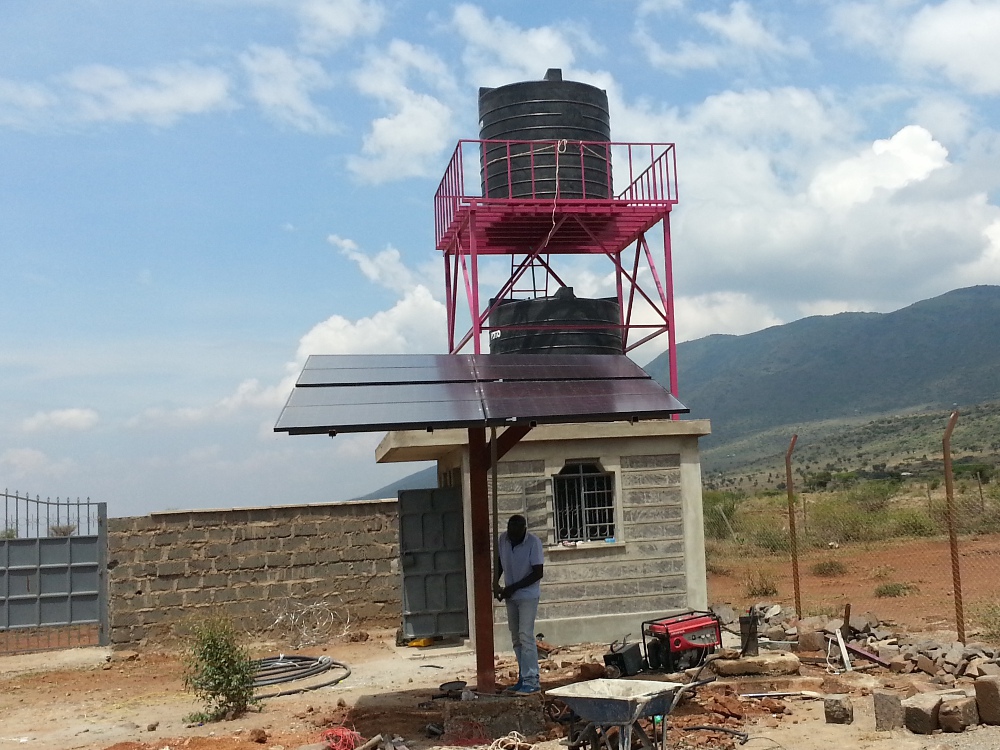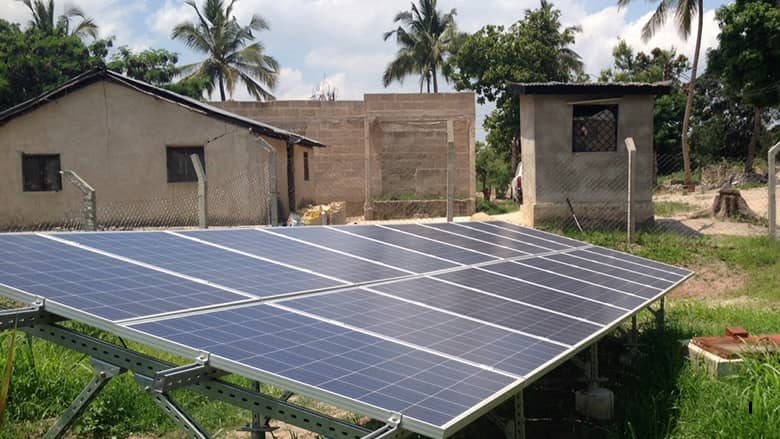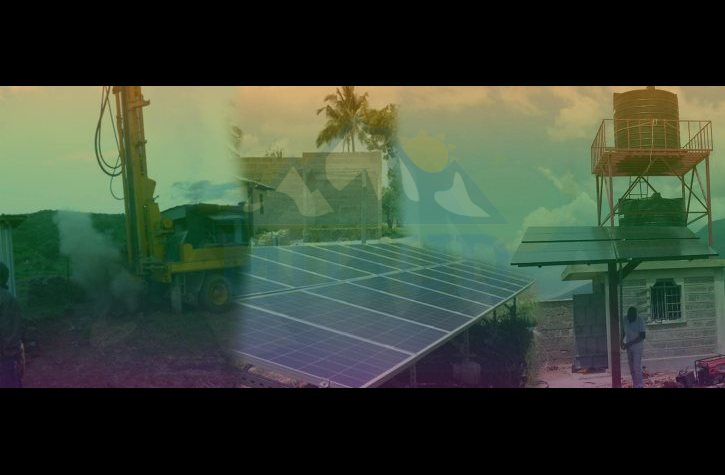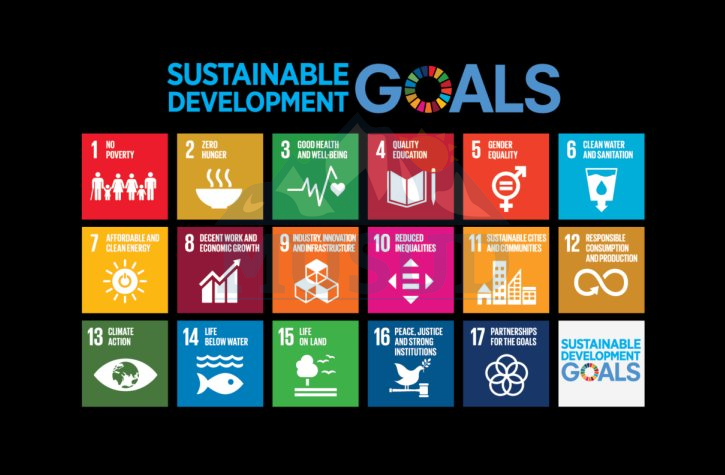
Innovating for Impact: How Technology and Holistic Solutions Are Transforming Rural Development
Rural development has long been a cornerstone of global progress. As the world seeks to achieve the Sustainable Development Goals (SDGs), the transformation of rural communities has become more urgent and more complex. The traditional siloed approach to development—where education, healthcare, agriculture, and infrastructure are addressed separately—is no longer sufficient. In its place, a new paradigm is emerging: a holistic, technology-driven model that combines multiple development dimensions into integrated, impactful solutions.
From renewable energy to smart agriculture, digital literacy to health innovation, rural communities are leveraging technology and multi-purpose strategies to tackle persistent challenges. In this blog, we explore how this synergy is reshaping the development landscape—and what it means for the future of underserved populations.
The Case for Integrated, Technology-Driven Development
Rural areas face multi-layered challenges: poor infrastructure, limited access to education and healthcare, food insecurity, and environmental degradation. These issues are deeply interconnected. For instance, a lack of clean water affects both health and agriculture, while energy scarcity limits economic activity and educational advancement.
To address these overlapping challenges, development initiatives must take a multi-sectoral approach—one that recognizes the interdependence of social, economic, and environmental factors. Technology plays a vital role in this integration, making it possible to coordinate efforts, optimize resources, and measure impact.
Technological Innovations Driving Rural Transformation
1. Smart Agriculture and Data-Driven Farming
Technology is revolutionizing agriculture through precision farming tools, climate-smart practices, and mobile advisory services. Farmers in remote communities now use satellite imaging, weather forecasts, and soil sensors to make better decisions about planting, irrigation, and crop rotation.
Impact: Increased productivity, reduced resource waste, and greater resilience to climate change.
2. Renewable Energy Solutions
Access to affordable and sustainable energy remains a critical gap in many rural communities. Solar-powered microgrids, solar lanterns, and clean cookstoves are making electricity and clean energy accessible to off-grid populations.
Impact: Improved health outcomes, enhanced safety, and expanded economic and educational opportunities through reliable power access.
3. Digital Education and Mobile Learning Platforms
Education is no longer confined to brick-and-mortar schools. Mobile phones, radio programs, and e-learning platforms are helping bridge the educational divide. These tools offer personalized, flexible learning for children and adults alike.
Impact: Increased literacy rates, upskilled rural youth, and enhanced lifelong learning.
4. Telemedicine and Health Tech
Healthcare access has been transformed through telemedicine, health apps, and remote diagnostic tools. These innovations enable early disease detection, virtual consultations, and medical training for community health workers.
Impact: Expanded reach of healthcare services and improved health outcomes in remote regions.
5. Financial Inclusion Through Mobile Banking
Access to financial services is crucial for economic empowerment. Digital wallets, mobile banking, and microfinance apps are enabling rural entrepreneurs—especially women—to save, borrow, and invest.
Impact: Economic independence, growth of local businesses, and improved household incomes.
The Role of Holistic, Multi-Purpose Projects
Technology alone isn’t enough. For sustainable change to occur, solutions must be contextual, community-driven, and holistic. This is where multi-purpose development projects come in—designed to address multiple issues simultaneously. These initiatives blend elements such as:
-
Renewable energy + clean water systems
-
Education + vocational training + microfinance
-
Agricultural reform + environmental conservation
-
Healthcare + sanitation + gender empowerment
Such projects not only maximize impact but also ensure long-term sustainability by involving communities in the planning and implementation process.
Spotlight Example: Multi-purpose Projects in Cameroon
Since 2016, the Multi-purpose Projects for Sustainable Development Association (MUSUD) has been implementing integrated development models in the South West and North West regions of Cameroon. Despite regional crises and the global COVID-19 pandemic, MUSUD has made remarkable progress in areas such as:
-
Education: Tutoring programs, adult literacy, and scholarships.
-
Health: Free clinics, sanitation drives, and mental health workshops.
-
Economic Empowerment: Grants for small businesses, microfinance for women, and sustainable farming projects.
-
Infrastructure: Solar-powered lighting, pedestrian pathways, and renovated community centers.
By combining technological innovation with local knowledge and a people-centered approach, MUSUD is a prime example of how rural development can be reimagined for the 21st century.
Looking Ahead: The Future of Rural Development
As the world moves toward 2030, the roadmap for rural development is clear: integrated solutions powered by innovation and rooted in community engagement. Governments, NGOs, the private sector, and local leaders must work together to create enabling environments for technology adoption, inclusive participation, and resource sharing.
Future priorities must include:
-
Expanding digital infrastructure
-
Investing in capacity-building and digital literacy
-
Supporting women and youth in tech-enabled livelihoods
-
Strengthening climate resilience through green technologies
-
Measuring and scaling successful multi-purpose models
Conclusion
Innovation in rural development is not just about deploying new tools—it’s about transforming lives through integrated, inclusive, and impactful strategies. By merging technology with holistic planning, we can ensure that rural communities are not left behind, but instead, become powerful engines of sustainable progress.
As we innovate for impact, let us remember that real transformation starts at the grassroots—with empowered communities, resilient ecosystems, and a shared vision for a brighter future.







Comments on Post